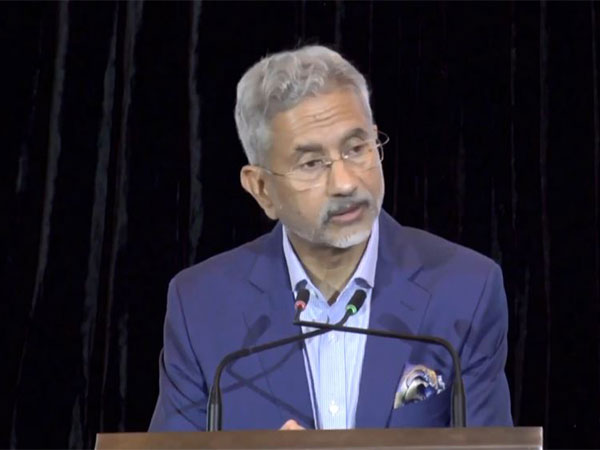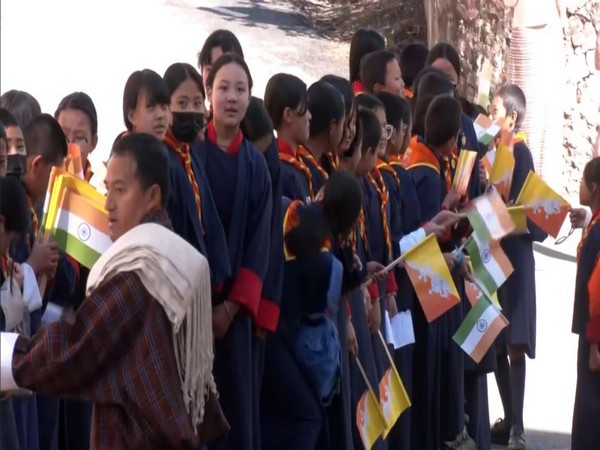
Explainer: Who are the Pakistani Islamists shouting “death to blasphemers”?

By Asif Shahzad
ISLAMABAD (Reuters) – Thousands of activists from the banned Tehrik-e-Labaik Pakistan (TLP) have clashed with security forces in Pakistan over the past two weeks, shouting “death to blasphemers” during demonstrations that have blocked the country’s busiest highway and seen at least seven police killed in exchanges of gunfire.
WHAT IS TEHRIK-E-LABAIK?
Tehrik-e-Labaik (Movement of the Prophet’s Followers) is an extremist Sunni Islamist group whose main focus is protecting Pakistan’s draconian blasphemy laws and punishing blasphemers.
The movement was born in 2015 out of a protest campaign to seek the release of Mumtaz Qadri, a police guard who assassinated Punjab governor Salman Taseer in 2011 over his calls to reform blasphemy legislation. Qadri was later executed. The group founded a political party at Qadri’s funeral in 2016 attended by tens of thousands of people. Following violent clashes in April, authorities designated the TLP a terrorist movement and arrested its leader, Saad Rizvi, who has been in detention ever since.
WHY IS TLP PROTESTING?
This is the group’s third protests since 2017 over a series of caricatures of the Prophet Mohammad published in the French satirical magazine, Charlie Hebdo. Charlie Hebdo first published the cartoons, considered deeply insulting by Muslims around the world, in 2006. It republished them last year to mark the opening of a trial over a deadly attack on the magazine by Islamist militants in 2015.
WHAT DO THE PROTESTERS WANT?
The TLP is demanding the release of Rizvi from detention and the expulsion of France’s ambassador over the publication of the cartoons. It is also seeking the removal of the group from the terrorist list and authorisation to take part in politics.
WHAT ARE THE ACTIVISTS DOING NOW?
The protesters have camped out on the Grand Trunk Road leading to the capital Islamabad, waiting for the government to fulfil demands agreed in a deal on Sunday, or else march on the city as earlier planned. Prime Minister Imran Khan’s government struck a deal with the militants over the weekend to end the protests. Neither side has disclosed details.
WHAT IS THE BIGGER PICTURE?
Although the declared target of the protests is the caricatures, many analysts see a connection with the wider problems facing the prime minister. The government is grappling with a chronic economic crisis and rising inflation and has been at odds with the powerful military establishment over the appointment of a new head of the Inter Services Intelligence agency, who was finally confirmed after weeks of delay.

















POST COMMENTS (0)